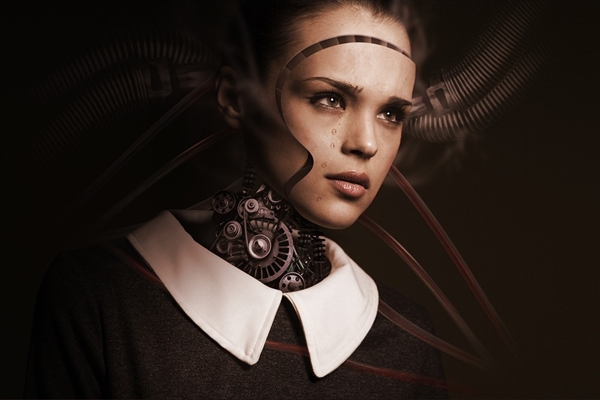Scientists have taken another big step in creating artificial life without the use of sperm and eggs. Putting two completely different stem cells in a petri dish, they will grow into an early embryonic form, which researchers call "like blastocysts." Using stem cells as a breeding material will provide an unlimited number of identical embryos, which will play a very important role in the biomedical field.
The development of this technology is also expected to provide a treatment for the most important cause of infertility - the embryo cannot be implanted on the uterine wall. Artificial embryos will also be useful experimental materials in new medical trials.
Is the cloned person coming soon?
This new technology is implemented in mice. The researchers say the technology will produce mice that are not cultured with sperm and eggs within three years. However, some experts have warned that if this technology is copied to humans, it may bring new threats, such as an army of clones. Researchers say that the technology of cultivating human embryos with stem cells may take up to 20 years to refine.
How is this technology implemented?
The researchers combined two embryonic stem cells from mice. After binding in a culture dish, these stem cells grow into a structure similar to that of a blastocyst, an early embryonic form that can be implanted into the uterus, which researchers call "like blastocysts." The blastocyst is a cluster of spherical cell structures consisting of a trophoblast, an inner cell mass, and a fluid-filled blastocyst. When implanted in the uterus, these cells first trigger a change in the uterus, like a normal blastocyst in three and a half days. During normal development, the trophoblasts continue to form the placenta, but the blastocysts in this study ultimately fail to develop into mature embryos.
Professor Nicholas Rivron, research director and professor at Maastricht University in the Netherlands, said that artificial mouse embryos can be obtained in as little as three years, but the emergence of human embryos will take decades. The main uses of these embryos will be drug testing and infertility research.
“It’s well known that embryos are very valuable, and if you don’t have enough, you can’t use them to test drugs,†Professor Nicholas Rivron said. “With blastocysts, you get the quantity. This will make future drug screening possible. ."
"I don't think that blastocysts should be used to breed humans. This is ethically problematic. There may be a clone of a living person," he added. "Human cloning is completely banned." When asked When stopping the biggest obstacle to blastocyst implantation, Professor Nicholas Rivron said: "We don't really know the answer. This is a fascinating problem. They look very similar to normal blastocysts and can produce many cell types."
“However, these cells are not organized properly. They look like a messy embryo. We hope to find the answer to this question in the next three years,†he added. “This is our first experiment. In the chamber, the (embryo) structure is developed from stem cells that have developed into intact organisms. The intact organism includes infants and other structures, such as the placenta and yolk sac. This is the first time we know."
Fortunately, it can't be used on humans?
Robin Lovell-Badge of the Francis Crick Institute in the United Kingdom said that despite the breakthrough in this research, it is reassuring that the technology is currently not available to humans. Body. He said: "Some people may feel relieved because this method of producing many embryonic structures that are identical in genes and implantable in the human body is not feasible. Although currently, the implantation of these embryonic structures into women is Illegal, the UK is obviously the case."
Professor Rivrion said that this technology is “very unlikely†to be used by rogue states to build a cloned army because they do not have the relevant scientific expertise. Dr. Dusko Ilic, a stem cell researcher at King's College London, said: "This is the first time scientists have revealed the molecular mechanisms of embryo implantation. These findings may help us understand more about infertility and improve the outcome of assisted reproduction." The results of the study were published in the recent issue of Nature.

Water Distiller Price,Automatic Water Distiller,Veterinary Water Distiller,Stainless Steel Water Distiller
ZHEJIANG FOMOS MEDICAL TECHNOLOGY CO.,LTD. , https://www.ifomos.com